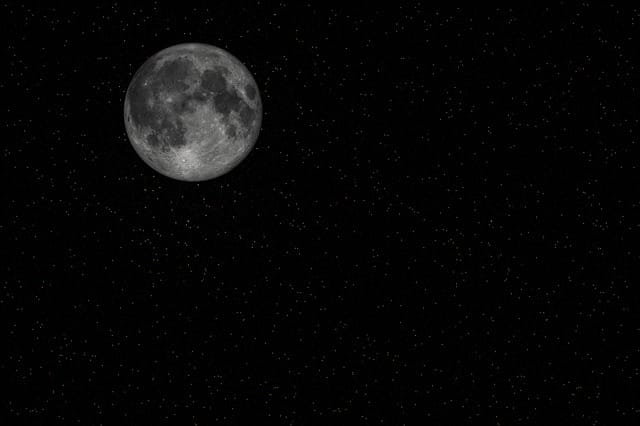Open University partners with NASA on lunar water mission
Researchers from the Open University (OU) are working with NASA on a new instrument to investigate the behaviour of water on the Moon.

Set to hitch a ride on a commercial lunar lander in 2021 as part of NASA's Artemis Program, the PITMS instrument will study the very thin atmosphere that exists close to the Moon’s surface. According to Dr Simeon Barber, who is the Open University's lead on the project, this will help establish whether the Moon has a natural water cycle and guide future missions that may seek to exploit lunar water as a resource.
“There is increasing evidence from orbiting probes that water may migrate away from equatorial regions, as visited during the Apollo era, driven by extreme day to night temperature cycles, until it becomes tightly ‘trapped’ at permanent cold polar locations,” said Dr Barber.
PITMS is a variant of the OU’s ProSPA mobile laboratory already in development for the European Space Agency and scheduled to land near the Moon’s south pole on a Russian spacecraft in 2025. In this cold region, the scientists expect to find elevated levels of water ice on or below the surface which would be collected for analysis. ProSPA is being designed to scout the Moon’s surface and investigate if it is possible to extract oxygen from lunar rocks or dust, something that could help sustain a manned presence on the Earth’s satellite.
Register now to continue reading
Thanks for visiting The Engineer. You’ve now reached your monthly limit of news stories. Register for free to unlock unlimited access to all of our news coverage, as well as premium content including opinion, in-depth features and special reports.
Benefits of registering
-
In-depth insights and coverage of key emerging trends
-
Unrestricted access to special reports throughout the year
-
Daily technology news delivered straight to your inbox










Water Sector Talent Exodus Could Cripple The Sector
Maybe if things are essential for the running of a country and we want to pay a fair price we should be running these utilities on a not for profit...